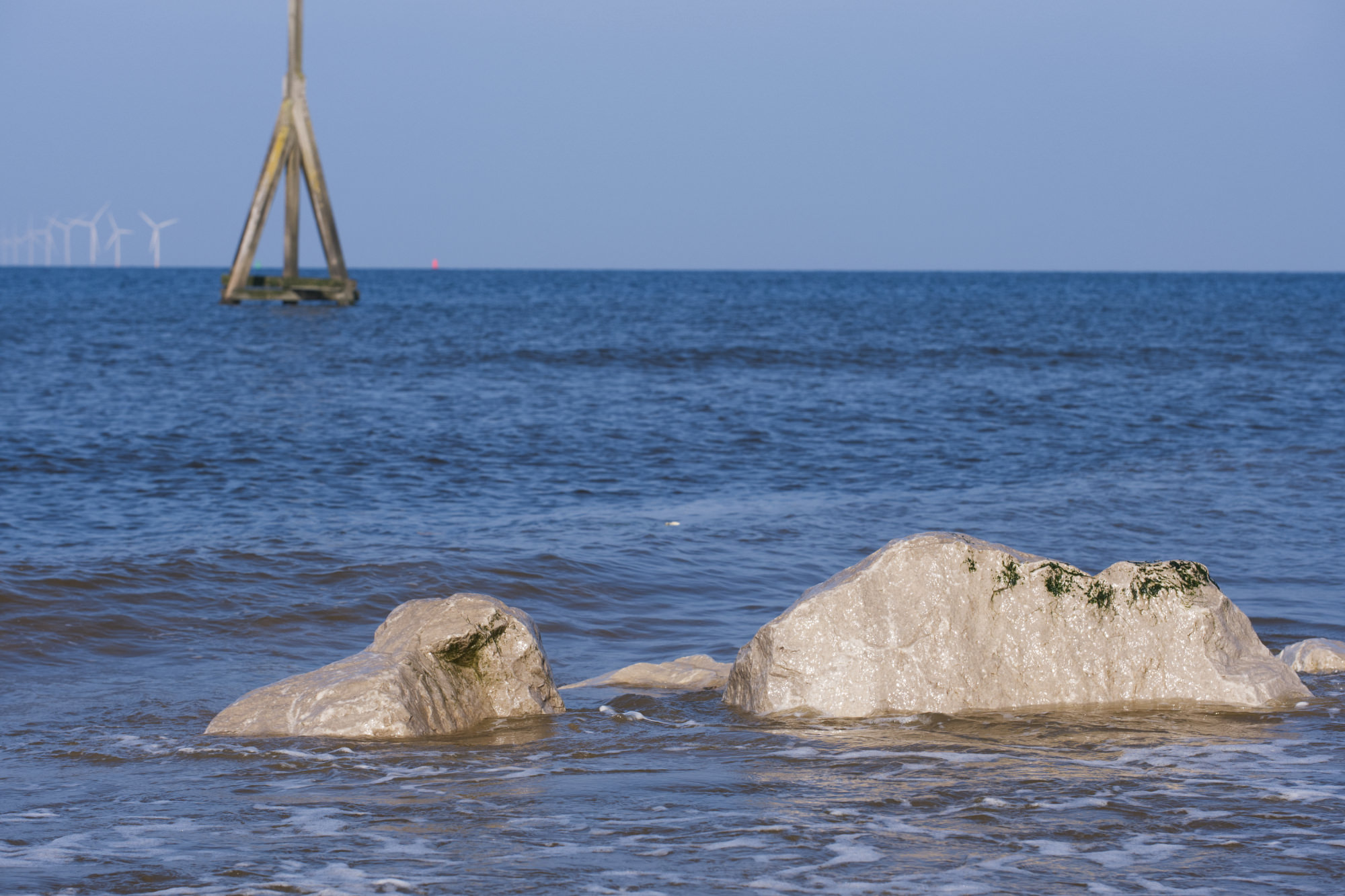Mini photo project: hippo rocks and spontaneous brick art at the beach
I don’t have all the words today as I’m tired, but it’s been a couple of months since I last wrote to you, so I’ll try my best.
Firstly, a quick update.
My trip to the Garstang Museum last month was definitely a success (hooray!). I photographed the sphinx amulet, bringing home several different images.
I was, of course, fairly exhausted afterwards, but I was immensely happy to have done it.
I’ve nearly finished editing two of the photos (one of which I’ve already shared in a private chat for my paid patrons here) and have another couple to do. It’s been hard to find the energy, as I’ve been on deadline for production of a book for my EES work. It’s a huge (but impressive!) project, meaning I’ve have had to prioritise resting at the weekends, so other things have had to go on to the backburner for just a short while.
However, we’re nearly at publication date, and I should be able to get those last couple of sphinx images processed and the Artefacts in Focus piece written soon.
I’ve also been spending the last few weeks working on moving ahead with the other side of my photography, which I’ve mentioned in a previous newsletter: ‘exploring heritage’ (working title).
For many years now, I’ve loved (like many of you, I’m sure) visiting cultural and heritage sites with my trusty camera in hand and creating ‘mini photo projects’1 of the trip (although that’s been somewhat curtailed over the last bit, like every other part of my life has been).
I’ve always found this kind of photography a soothing and therapeutic activity, and one that helps me explore and better understand these places and their pasts. So it’s really important to me to be able to get this part of my photography going again, and it’s a part I want to share with others in a more collaborative way (unlike the artefact photography, which is me bringing these artefacts out into view for you).
I’m really starting to get my head around how this might work, so watch this space!
And now on to the main subject of this article:
A mini photo project: A visit to Crosby beach (in three parts)
Yesterday, I got out properly for the first time since my last non-EES week four weeks ago. It was such a beautiful spring morning and I was feeling like a caged (but tired) tiger, so I popped my camera2 in my bag and came along for the dog walk (where my husband walks the dog and I mill around a small area of the beach with my camera).
It was just gorgeous: bright, clear blue skies, warm sun (despite a chilly breeze) and the tide was high, coming almost up to the top of the beach, bringing that wonderful, hypnotic sound of waves lapping in and out.
Part 1: the rocks
I spotted some rocks at the top of the beach getting a good dousing from the waves, making them shine like polished silver in the morning sunlight. It was quite captivating!
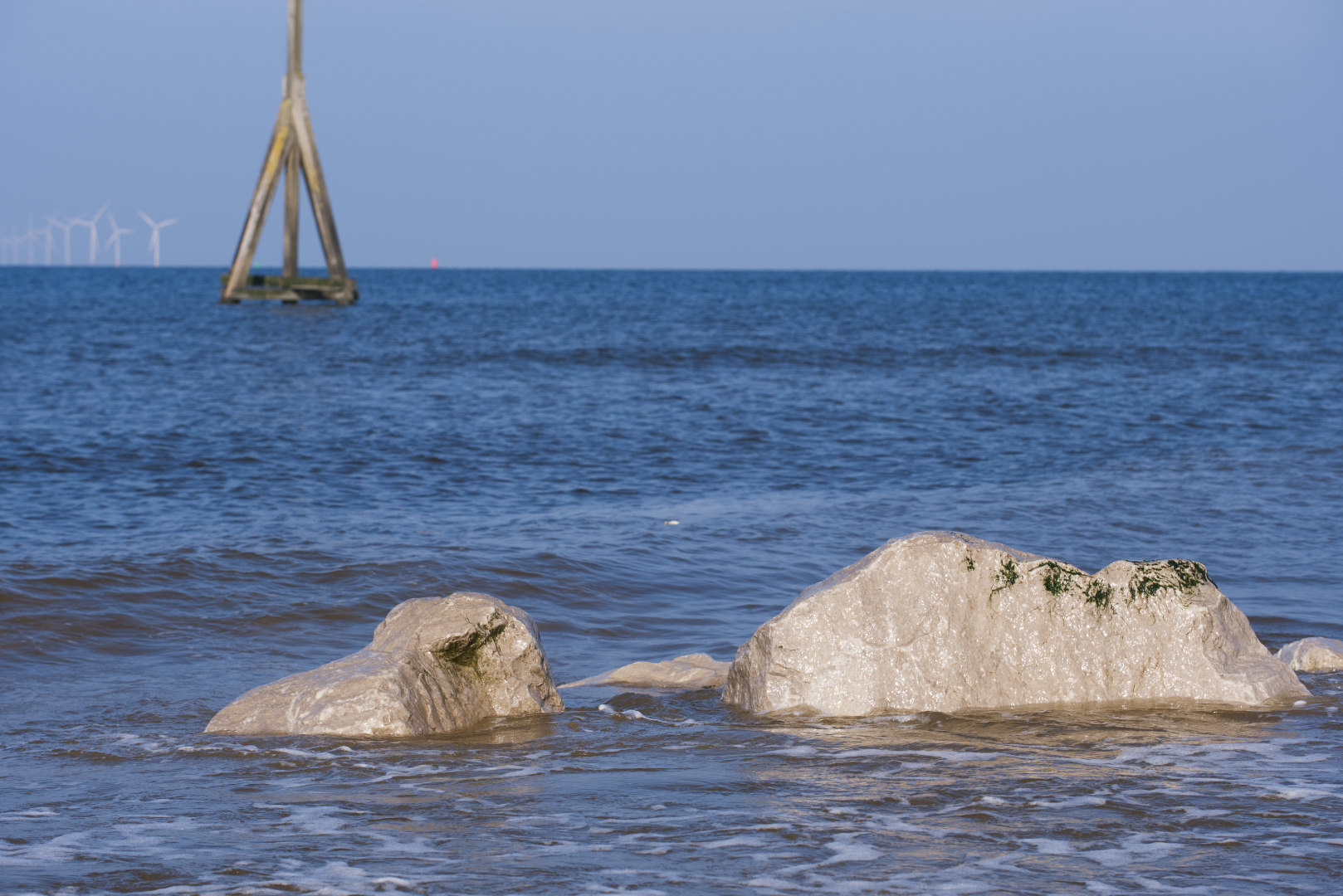
(Pardon the slightly rough, handheld videography; it was a bit spur-of-the-moment.)
I think the rocks look a little like a hippo in water with just its head and back above the surface.
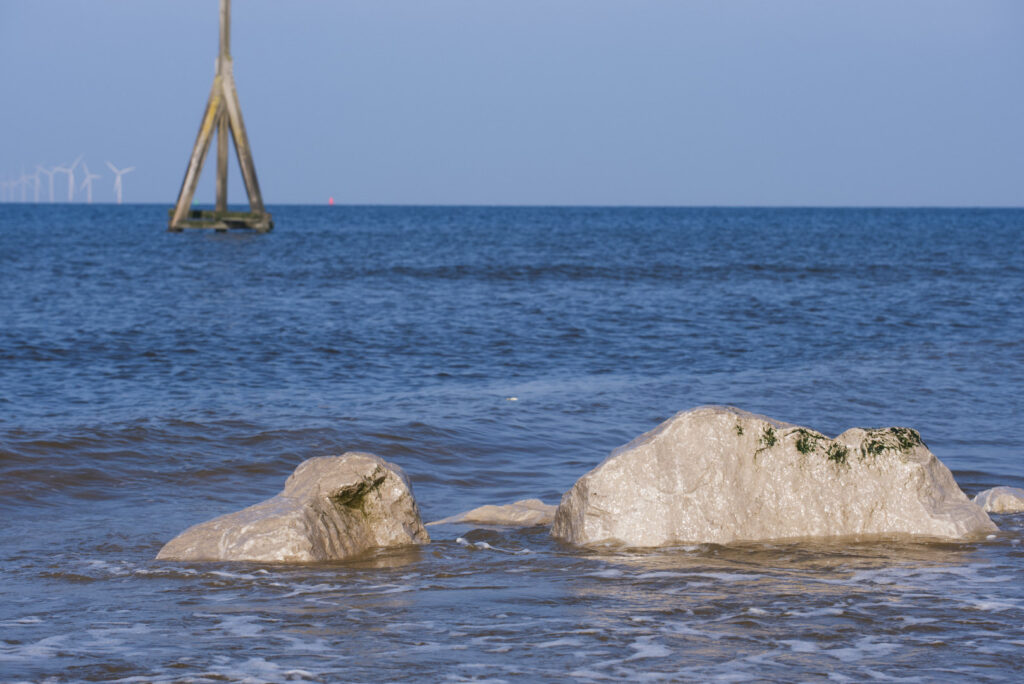
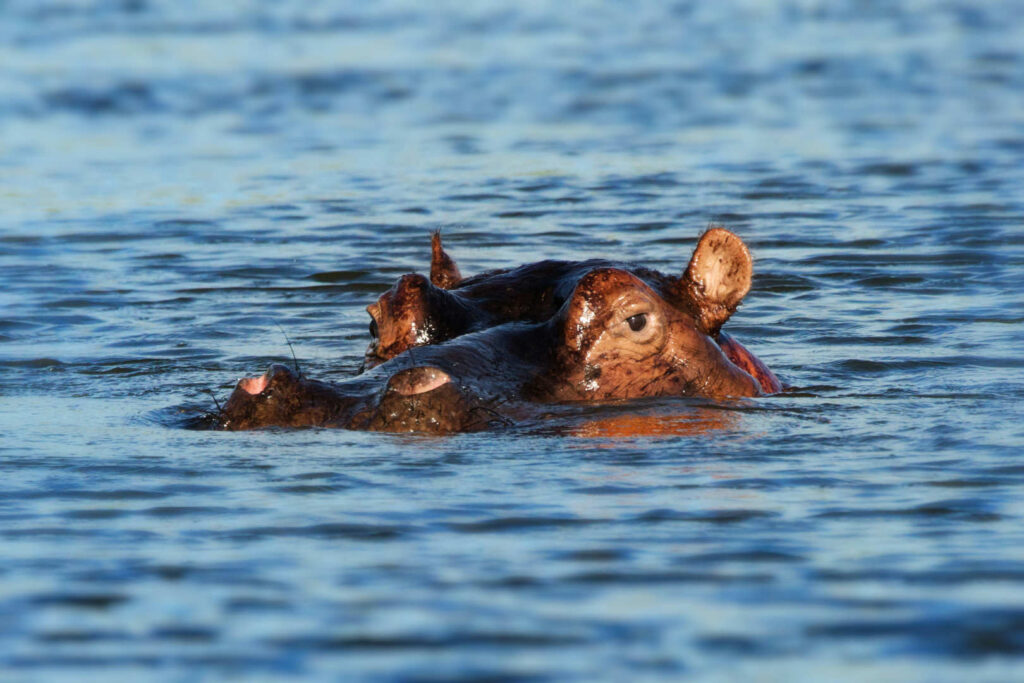
I spent a few minutes photographing the water splashing up over the rocks, which I love doing – I’m not one for using long-exposure photography to smooth out water – I love capturing it as it is: bubbling, crashing, ever-persistent chaos.
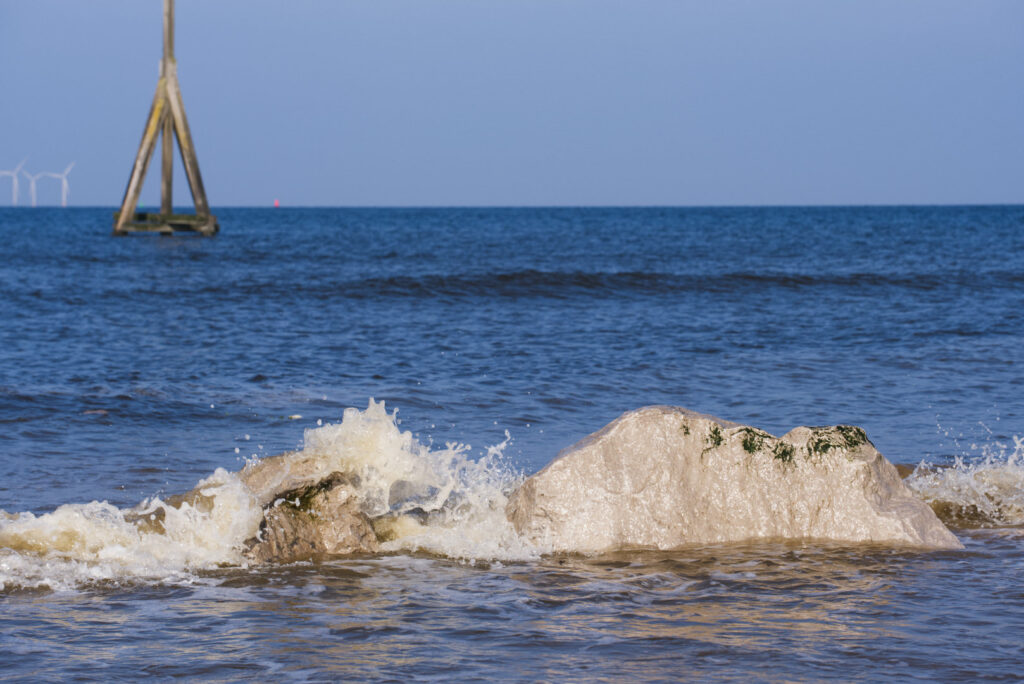
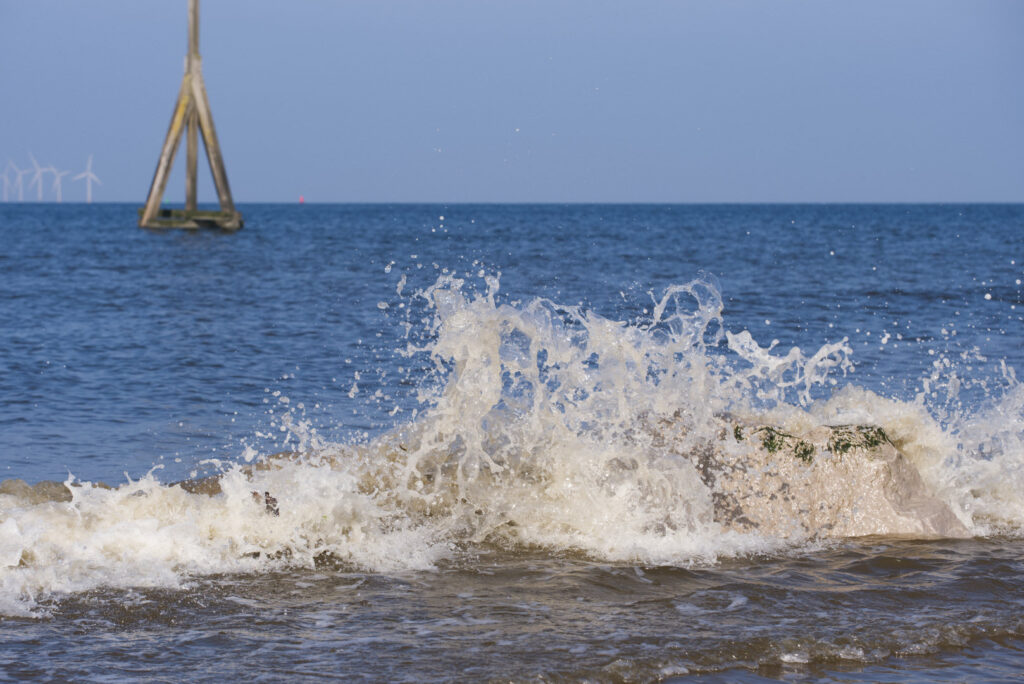
Part 2: the bricks
I then moved on up the beach a little, where the so-called Blitz Beach begins. Liverpool was bombed quite extensively during the Blitz of World War II, and much of the rubble left from destroyed houses and civic buildings was moved to this stretch of the beach just to get it out of the way. It’s a real treasure trove and is constantly changing due to both the tides and how beach visitors interact with it. This time, there was an abundance of little brick sculptures and artwork recently created by beach-goers.
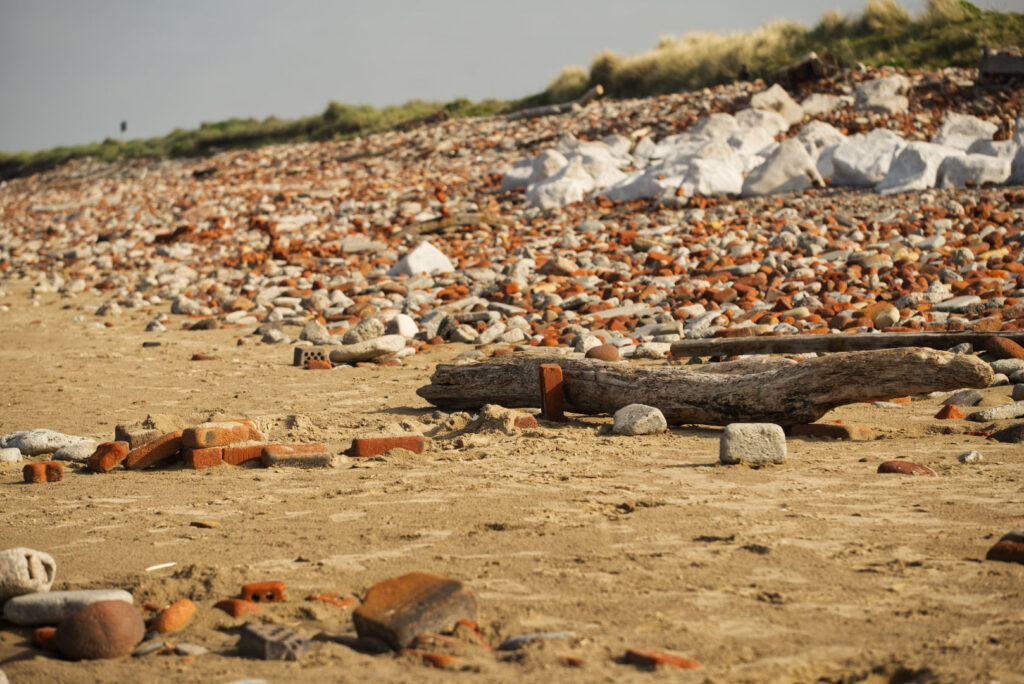
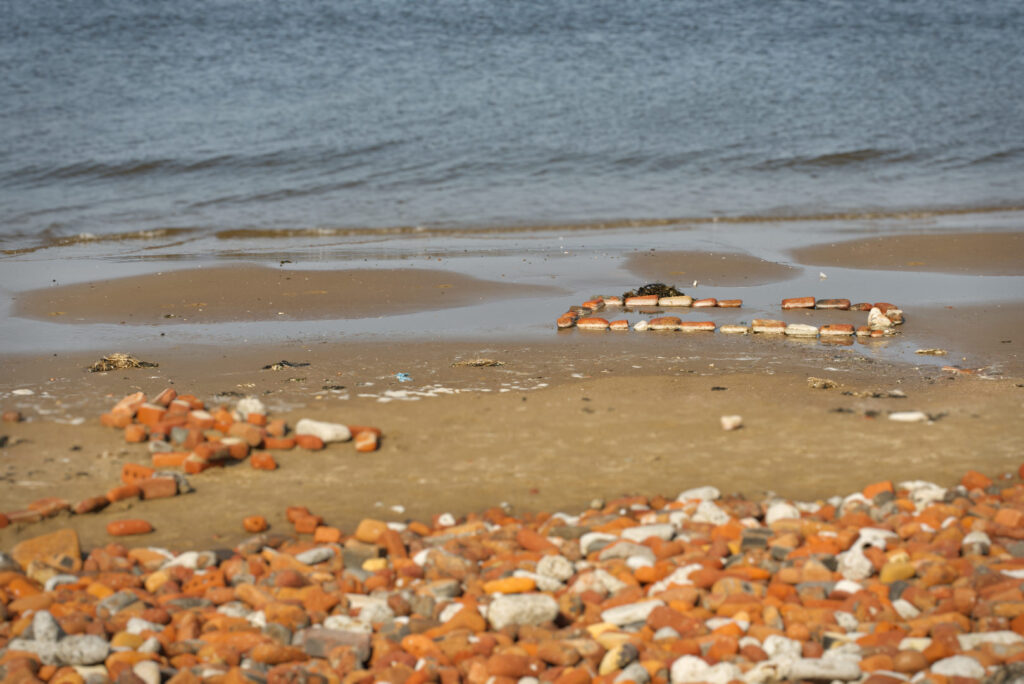
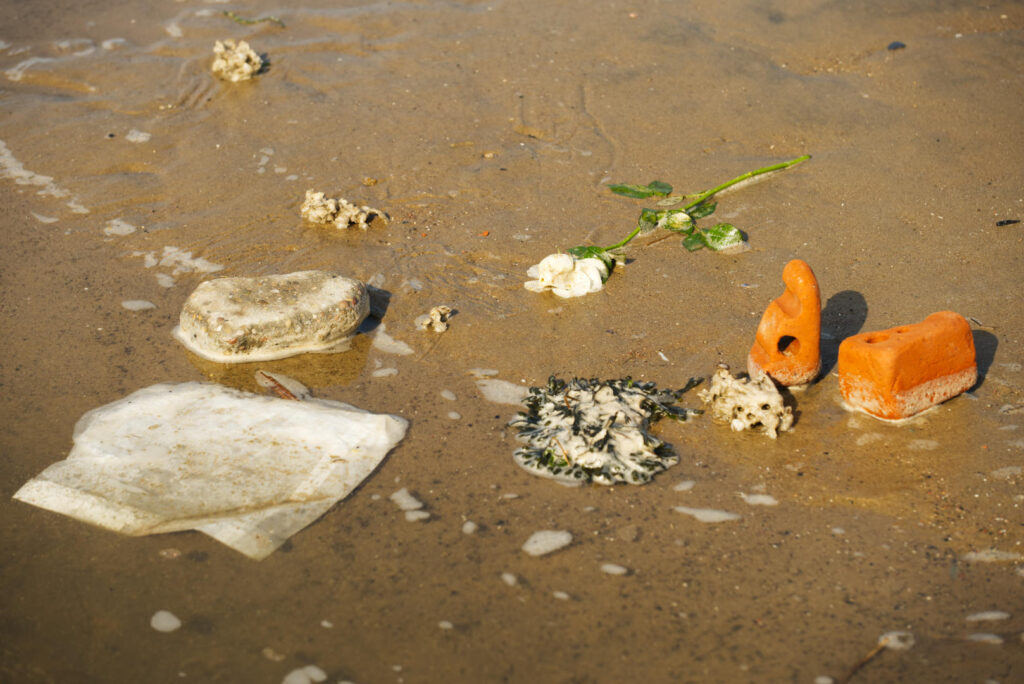
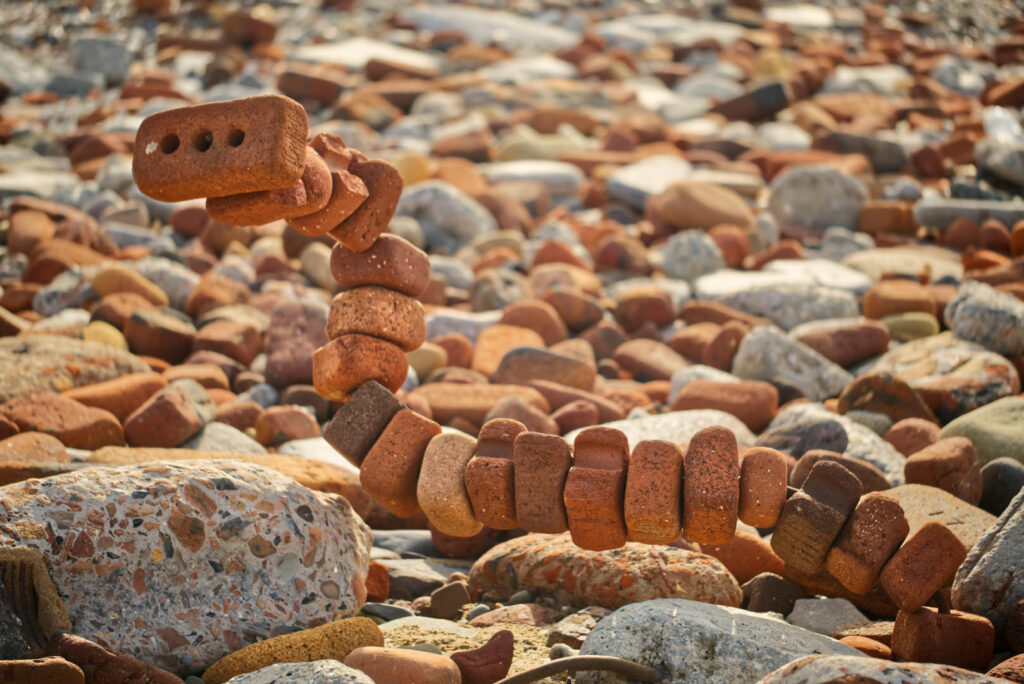
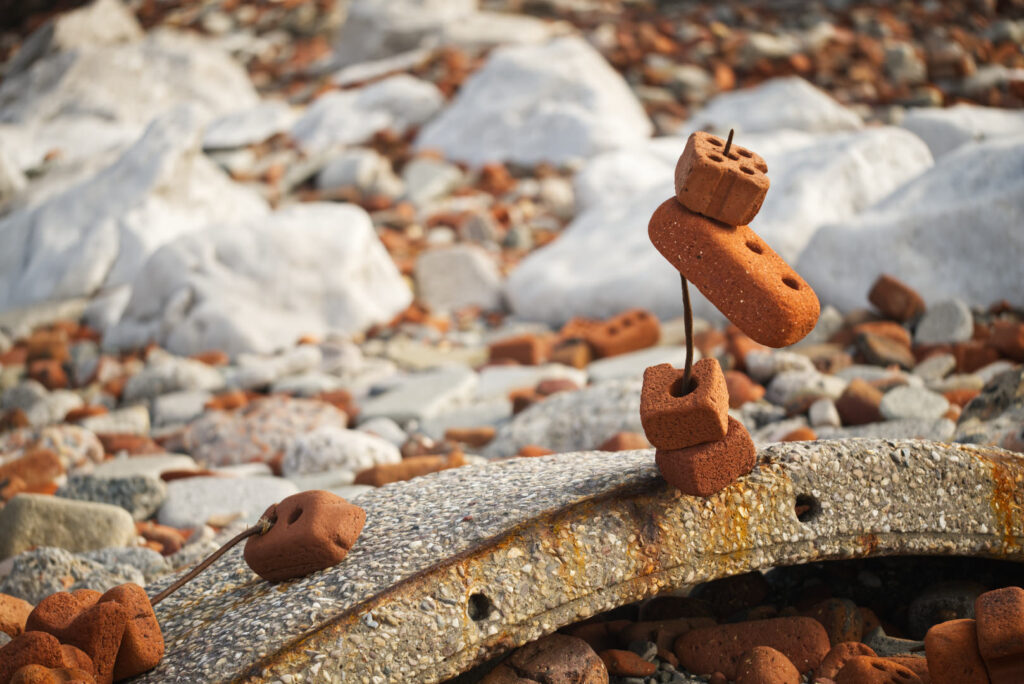
Part 3: the dog
And finally, I thought I’d finish off this piece with some obligatory cute dog photos (it’d be rude not too). Apparently we managed to get ourselves a dog that is almost the exact same colour as sand, so you may have to look a little harder to find her in a couple of these photos …
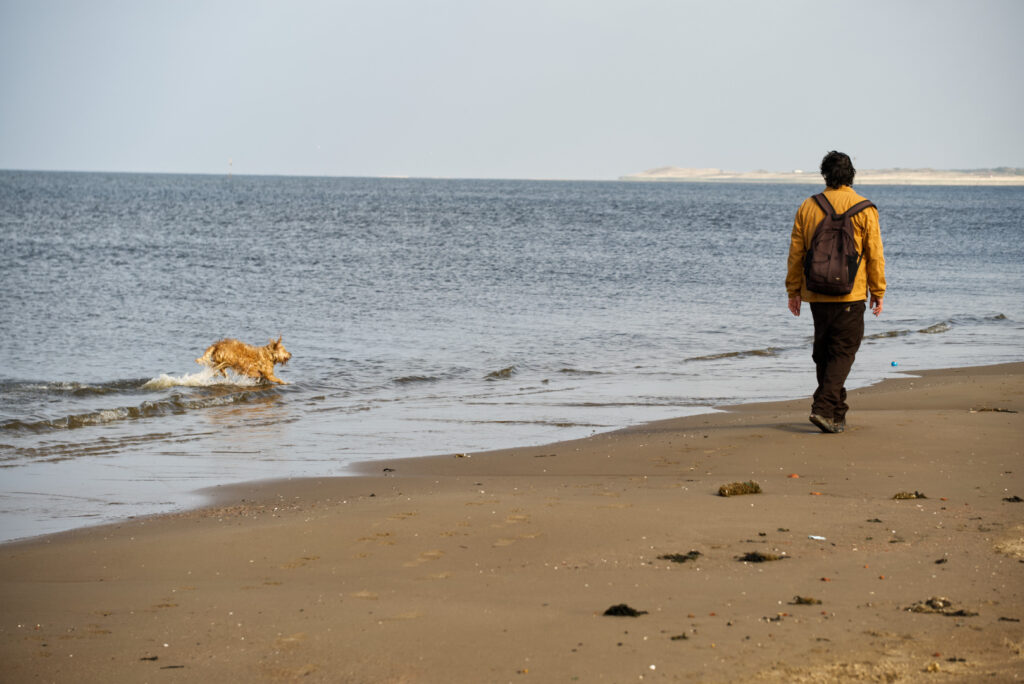
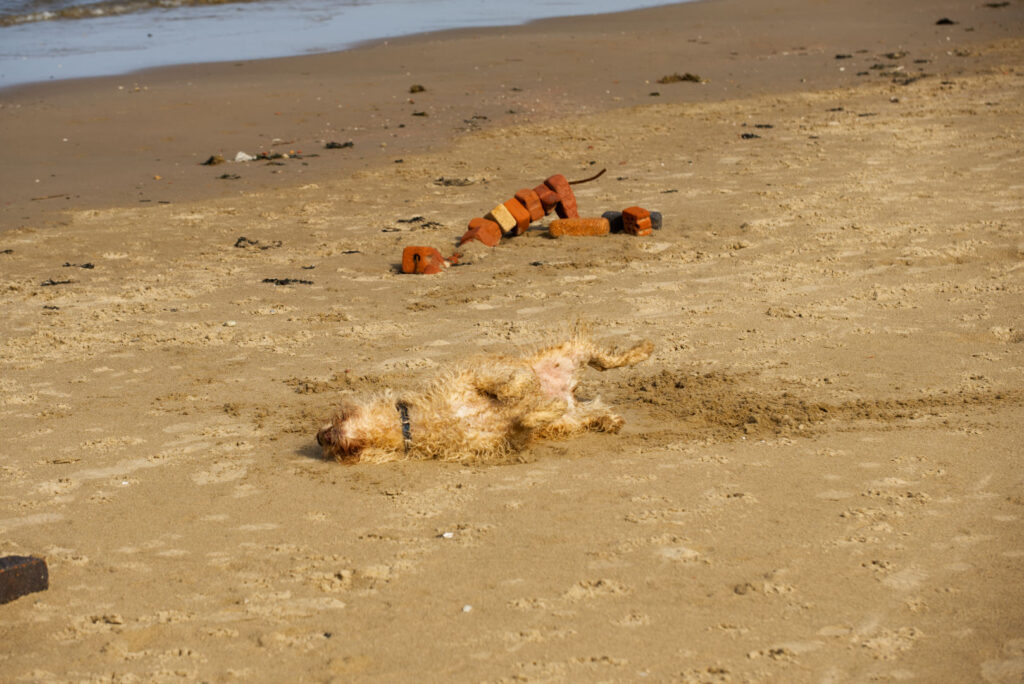
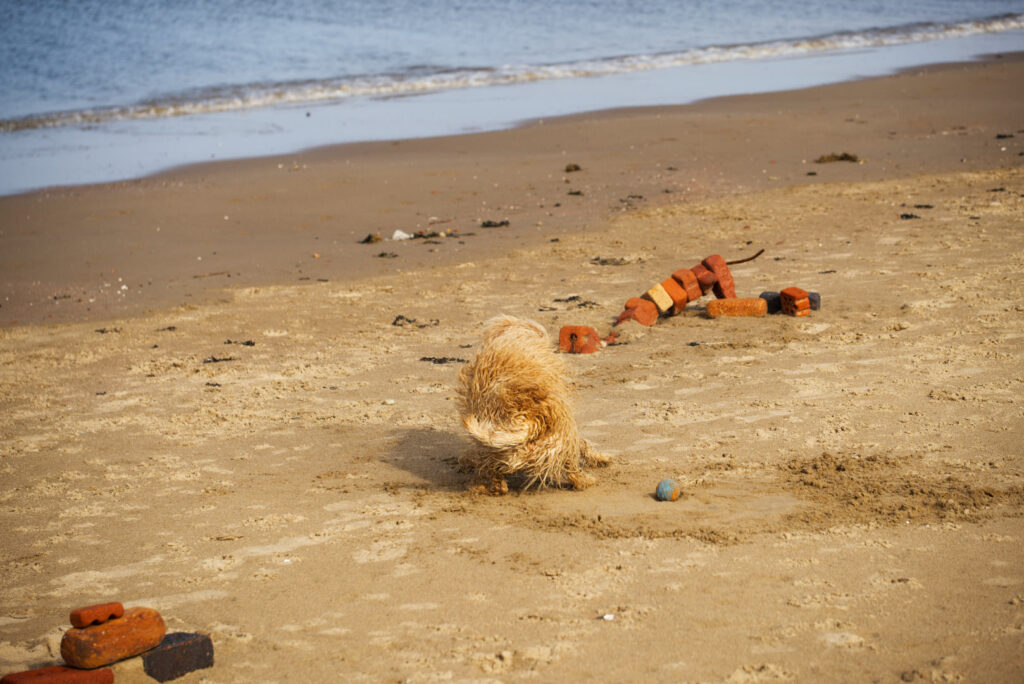
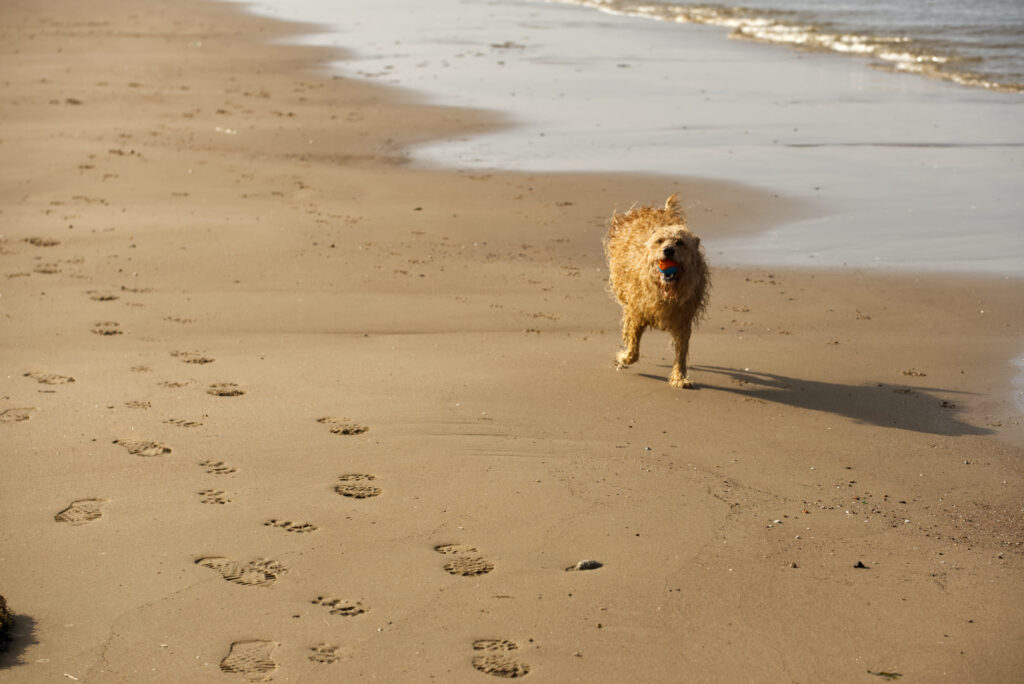
Have you made any mini photo projects from days out recently? If so, why not tell me about it or share a link to some of your photos in the comments below.

- A short project produced quickly, over a few minutes or hours, rather than a traditional project produced over a number of weeks, months or years. ↩︎
- For those interested in gear, I took my Fujifilm X-E4 camera with my Fujifilm XF 80 mm lens. ↩︎

Thank you for taking the time to read this article. If you’ve enjoyed it and would like to support me, you can like/comment, share it on your favourite social media channel, or forward it to a friend.
If you’d like to receive future articles directly to your inbox you can sign up using the link below:
If you feel able to support me financially, you can:
- become a patron of my photography by subscribing for £3.50 a month or £35.00 a year
- gift a subscription to a friend or family member
- or you can tip me by buying me a virtual hot chocolate (I’m not a coffee drinker, but load a hot chocolate with cream and marshmallows, and you’ll make me a happy bunny …)
With gratitude and love,
Julia
Unless otherwise credited, all photos in this post are © Julia Thorne. If you’d like to use any of my photos in a lecture, presentation or blog post, please don’t just take them; drop me an email via my contact page. If you share them on social media, please link back to this site or to one of my social media accounts. Thanks!

